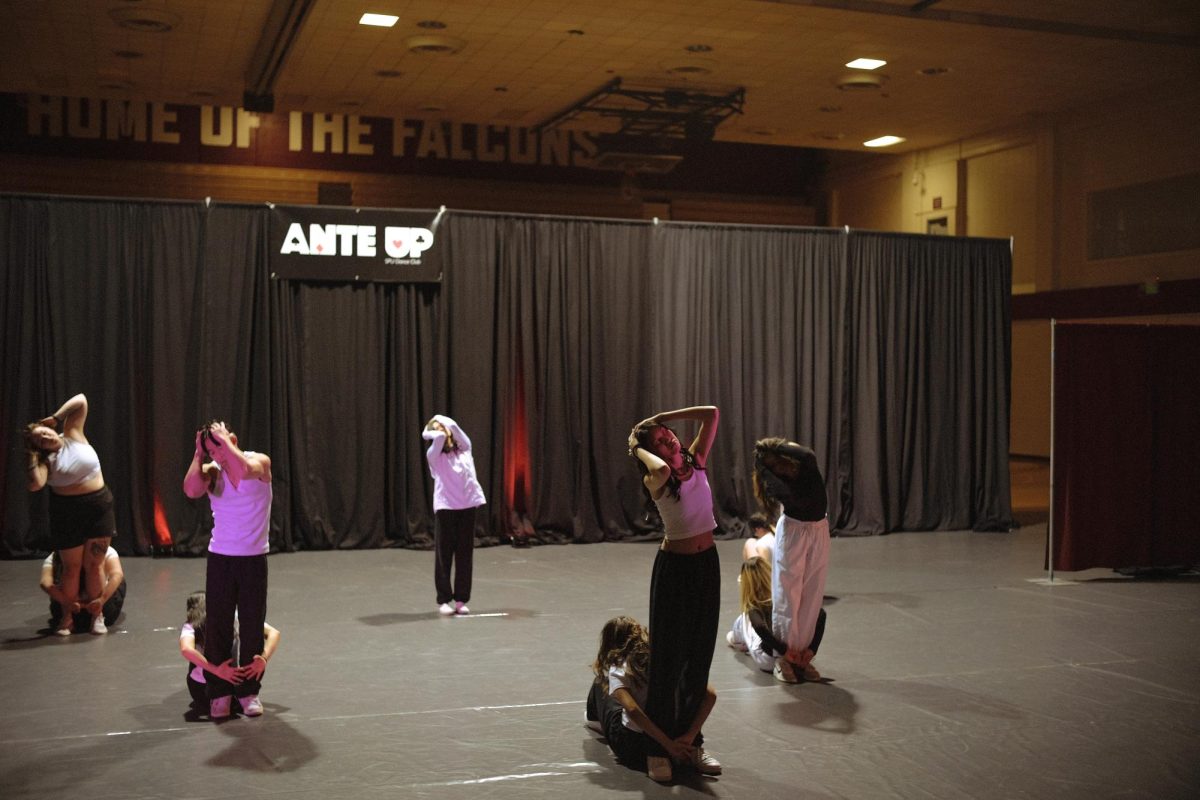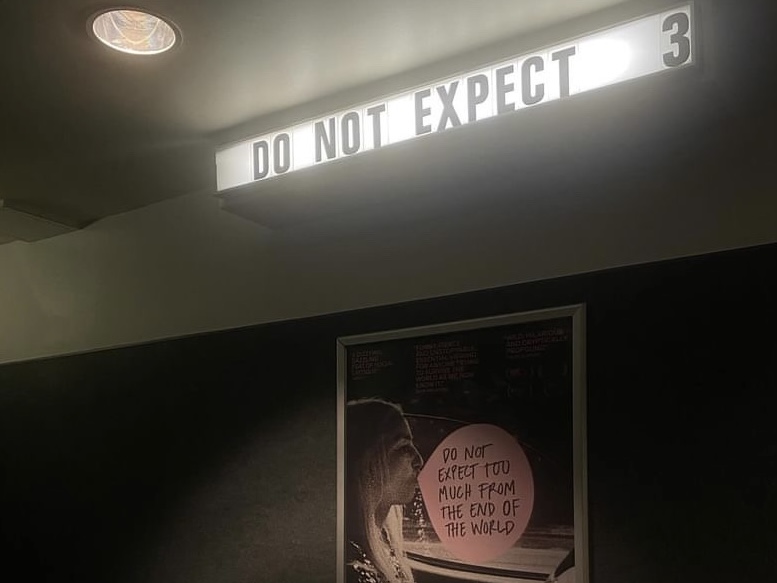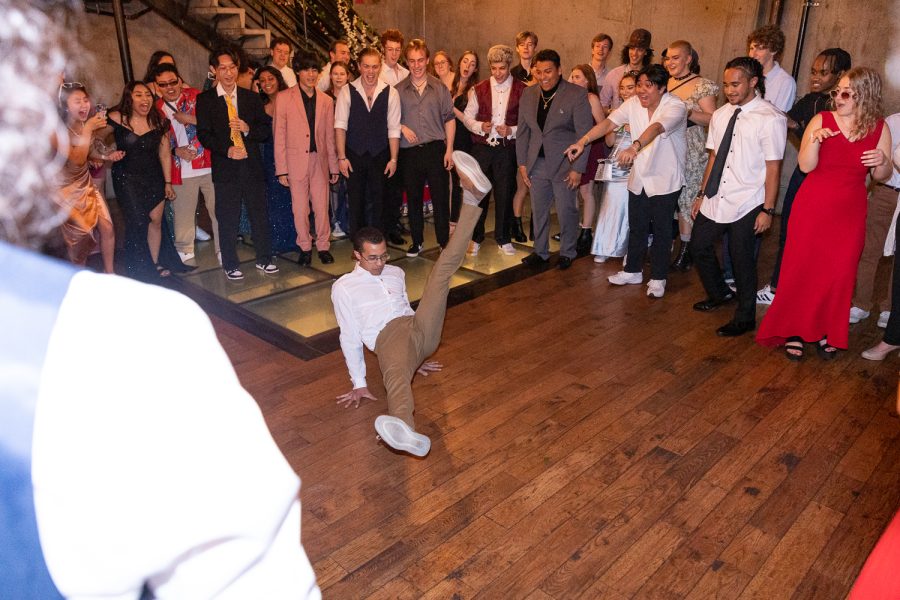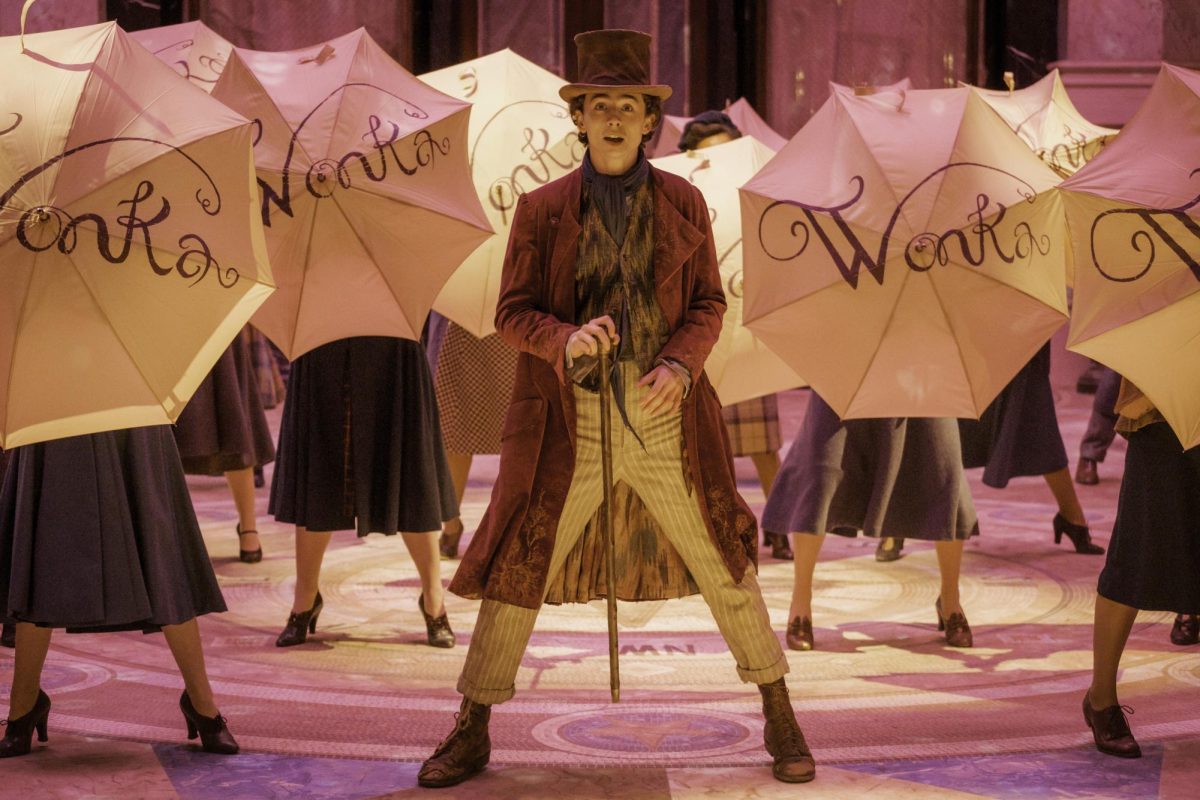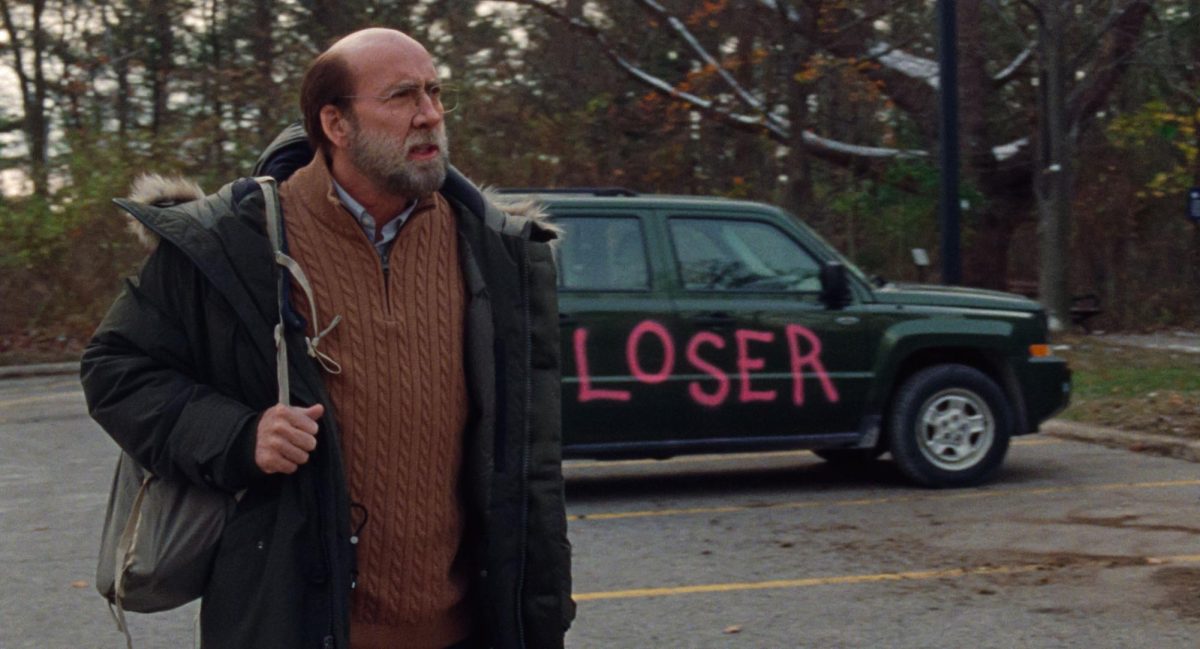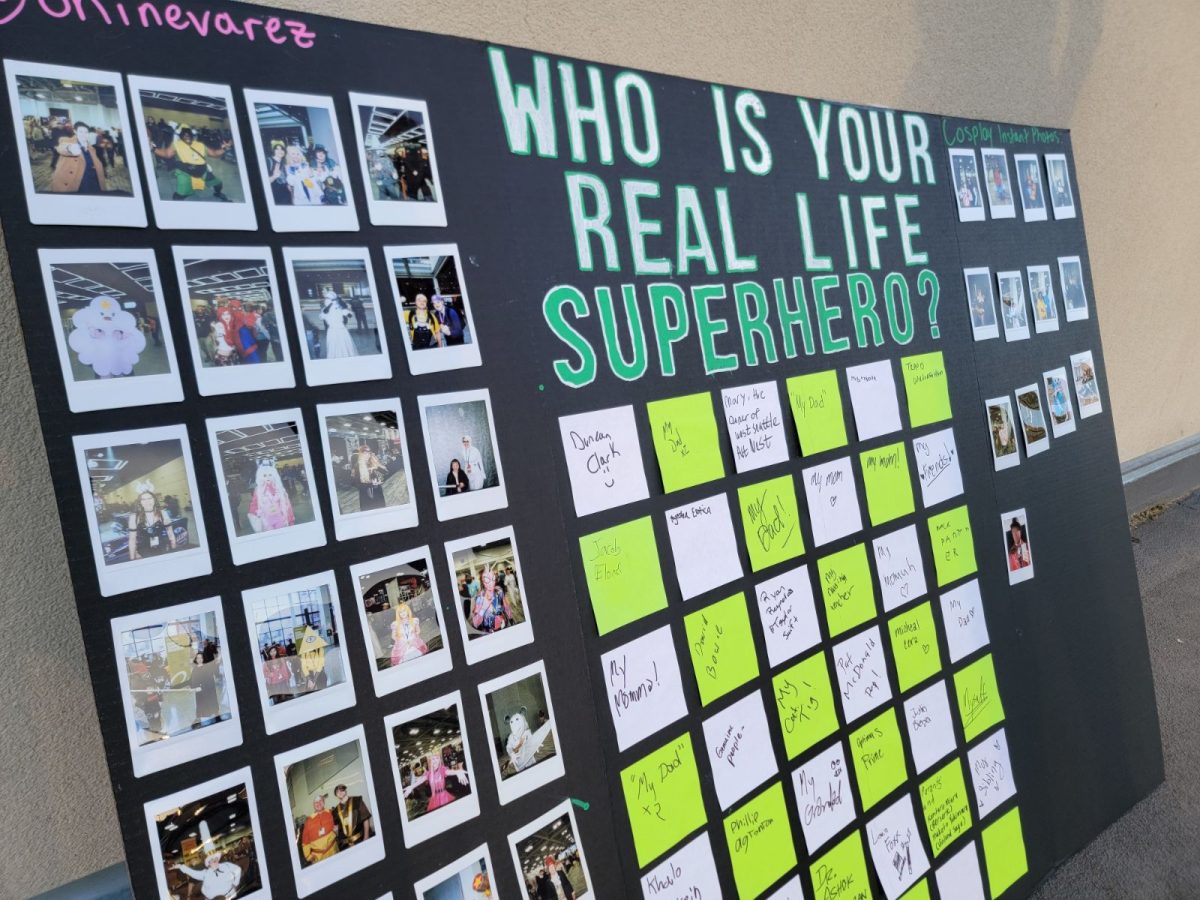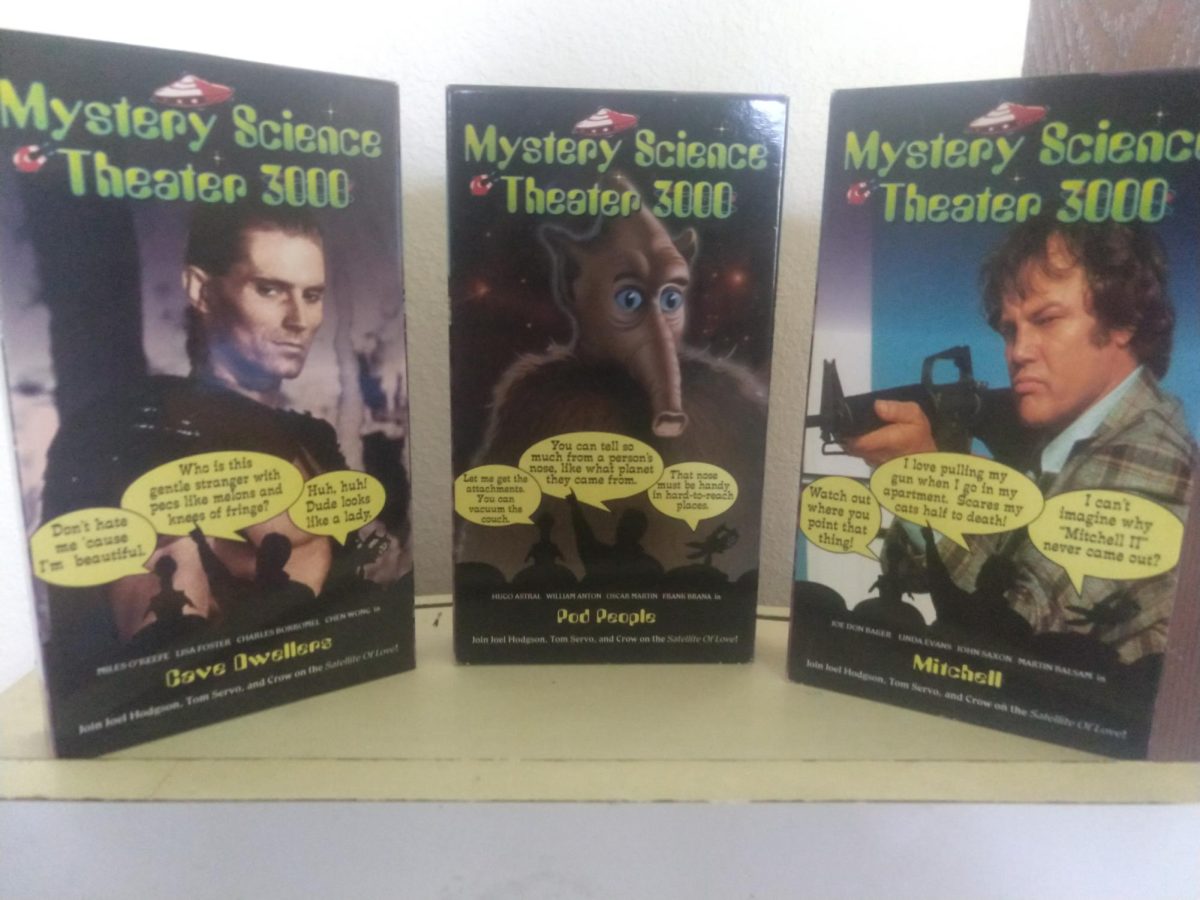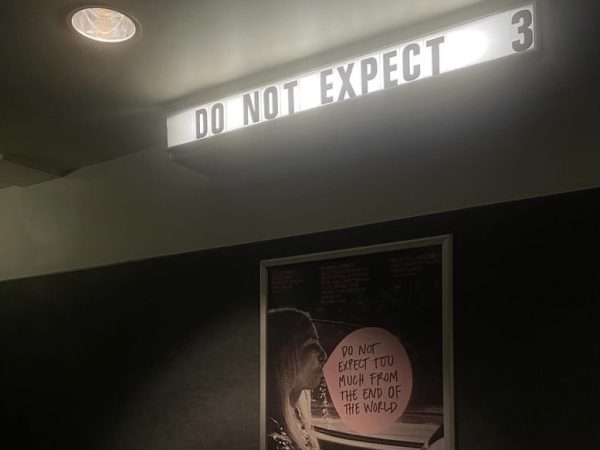“The greatest movie about America ever made”
“A Place in the Sun”: love, loss, and the lies of the American dream
February 5, 2021

Few times have I left a movie as speechless as I did when I watched George Stevens’ “A Place in the Sun” (1951). This story of young lives, ripped apart by the promise of the American dream, is as timeless as ever.
It follows the story of the young George Eastman, played by the dashing Montgomery Clift. Hoping to find a better life for himself, he leaves his impoverished past in Chicago behind, and gets a job at his wealthy uncle’s factory.
Even though it’s against company policy, George starts to secretly date his co-worker, Alice Tripp, played by Shelley Winters. George starts to move up the corporate ladder at the company, thanks to his relationship with his uncle. He leaves Alice in the dust, after becoming interested in charming socialite, Angela Vickers, played by Elizabeth Taylor.
“A Place in the Sun” not only marvelously executes the story of young love, but also the story of how money, power, and greed can crush people and the ones they love. Charlie Chaplin called this film, “the greatest movie about America ever made.”
While the novel that the movie was based on, “An American Tragedy” by Theodore Dreiser, was more overt in its critique of American capitalism, the film takes a more subtle tone. I think this is partially due to the Red Scare in Hollywood at the time, that targeted anything that could be deemed remotely communist or anti-capitalist.
In a pivotal scene, Alice says to George, “After a while, you’ll settle down and be content with what you’ve got, instead of working yourself up over things. It’s the little things in life that count. We’ll have to scrimp and save, but we’ll have each other.”
Although the film is in black and white, you swear you see George turn blue. After seeing the glitz and glamour of what wealth has to offer, George can’t bear to go back to the life he had before. In a way, his budding relationship with Angela Vickers, is his idealized version of the American dream. Where Angela represents status, beauty, and power, Alice represents being poor, without opportunity, and being “content with what you’ve got”.
The cinematography in the film reflects these two sides of his life. One of the most famous scenes in cinema history, is a scene where George and Angela are shot in a closeup, as they dance together. You’d swear they were the two most beautiful people you’d ever seen, as they whisper their confessions of love to each other.
As a viewer, you get swept up in their illicit affair, and your love for their relationship runs contrary to your sense of moral direction. Simultaneously, you feel bad for Alice, as George continues to lie to her about his relationship with Angela. There is a tug of war with your moral compass that really gets you invested in these characters and their lives. It makes you rethink your own sense of what’s right and wrong.
If we root for Angela, has the facade of the American dream tainted our own sense of what’s ethical? Maybe our perception of what’s right and wrong, just isn’t as black and white as it seems.
Montgomery Clift’s acting style lends itself quite well to George’s somewhat meek character, especially in a magnificent monologue toward the end of the film. Clift had been a prominent New York stage actor before he started doing motion pictures in Hollywood in the late 1940s. His method style of acting became popular around this time in Hollywood. Where stars of the thirties and forties were often brutish, and hyper-masculine, Monty brought sensitivity, and subtleties, something that is shown off quite well in this film.
This film made Elizabeth Taylor a Hollywood starlet for years to come. She always used to say that Monty taught her how to really act while working on this film. You can see their chemistry together is unlike any other, and you really feel like their characters were made for each other. After working together on this film, Clift and Taylor became lifelong friends up until his death in 1966.
Most young people haven’t seen many classic Hollywood films. Maybe people don’t think they are as exciting, the stories are too bland, or they’re just too old fashioned. Movie fans that don’t watch Old Hollywood films are missing out on decades of entertainment and art. However, the art of storytelling has been around forever, and black and white film or the lack of special effects doesn’t change that.
This film in particular, effortlessly combines romance, elements of noir, and a critique of American capitalism, to create a stunning and poignant film that still holds up today.
A Place in the Sun (1951) is available on Amazon Prime Video.
















